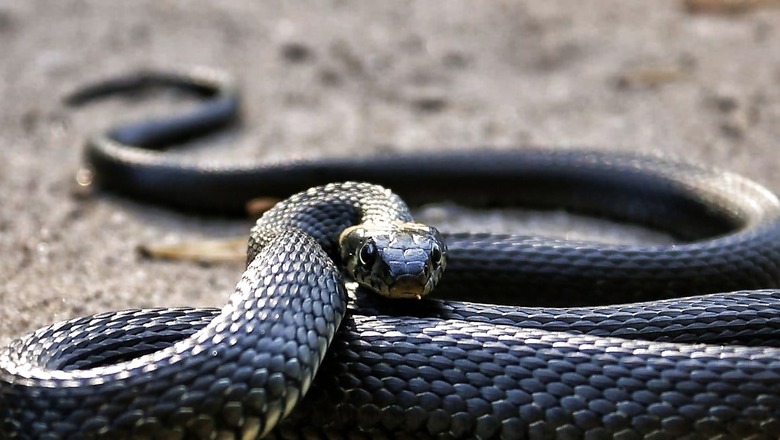
views
Snakes have been feared, detested and in the same time revered and worshipped since time immemorial. Among the many myths and beliefs surrounding serpents, one is related to the amount of venom produced by them and how much of it is released into the bloodstream when they bite a human. Some people believe that snakes have an unlimited supply of venom. A snake expert has provided accurate information to clarify this misconception. Mahadev Patel, a well-known snake catcher and expert from Khargone, shared insights with Local 18 about the venom production in snakes. He explained that the amount of venom produced by snakes can vary significantly depending on the species and even fluctuate throughout the day. Venom is synthesised in specialised glands located in the snake’s head, and its composition is highly complex. This mixture is not just a single substance but a combination of various proteins, enzymes, and toxins, each playing a specific role in immobilising prey or defending against threats. The exact amount of venom produced and released by a snake during a bite can depend on several factors, including the species, the snake’s size, and its recent feeding history.
Mahadev Patel emphasised that while some people mistakenly believe snakes have an unlimited supply of venom; in reality, venom production is a biological process that requires time and energy, and snakes must replenish their venom after it has been used.
Cobra: Poisonous snakes like cobra can produce an average of 100-200 mg of venom in a day.
Viper: The venom production of snakes of the Viperidae species is 50-100 mg per day.
Krait: Krait species of snakes produce about 10-15 mg of venom per day.
When a snake bites a human or prey, it releases venom. The amount of venom released depends on several factors, including the snake’s species, size, and the intensity of the bite.
Cobra: An average cobra bite can contain 50-100 milligrams of venom. This venom affects the nervous system and can be fatal if not treated on time.
Viper: A single bite of a viper can contain 20-50 milligrams of venom. This venom affects blood circulation and tissues, causing severe swelling and bleeding.
Krait: One bite of a krait can contain 5-10 milligrams of poison. This poison affects the nervous system and can be extremely dangerous.
Mahadev Patel explains, “The quantity and impact of snake venom vary depending on the species and the specific circumstances of the bite. In the event of any snakebite, it is crucial to seek medical assistance immediately. Modern antivenom therapy is generally effective in treating most snake bites, but prompt treatment is essential for the best outcomes.”













Comments
0 comment